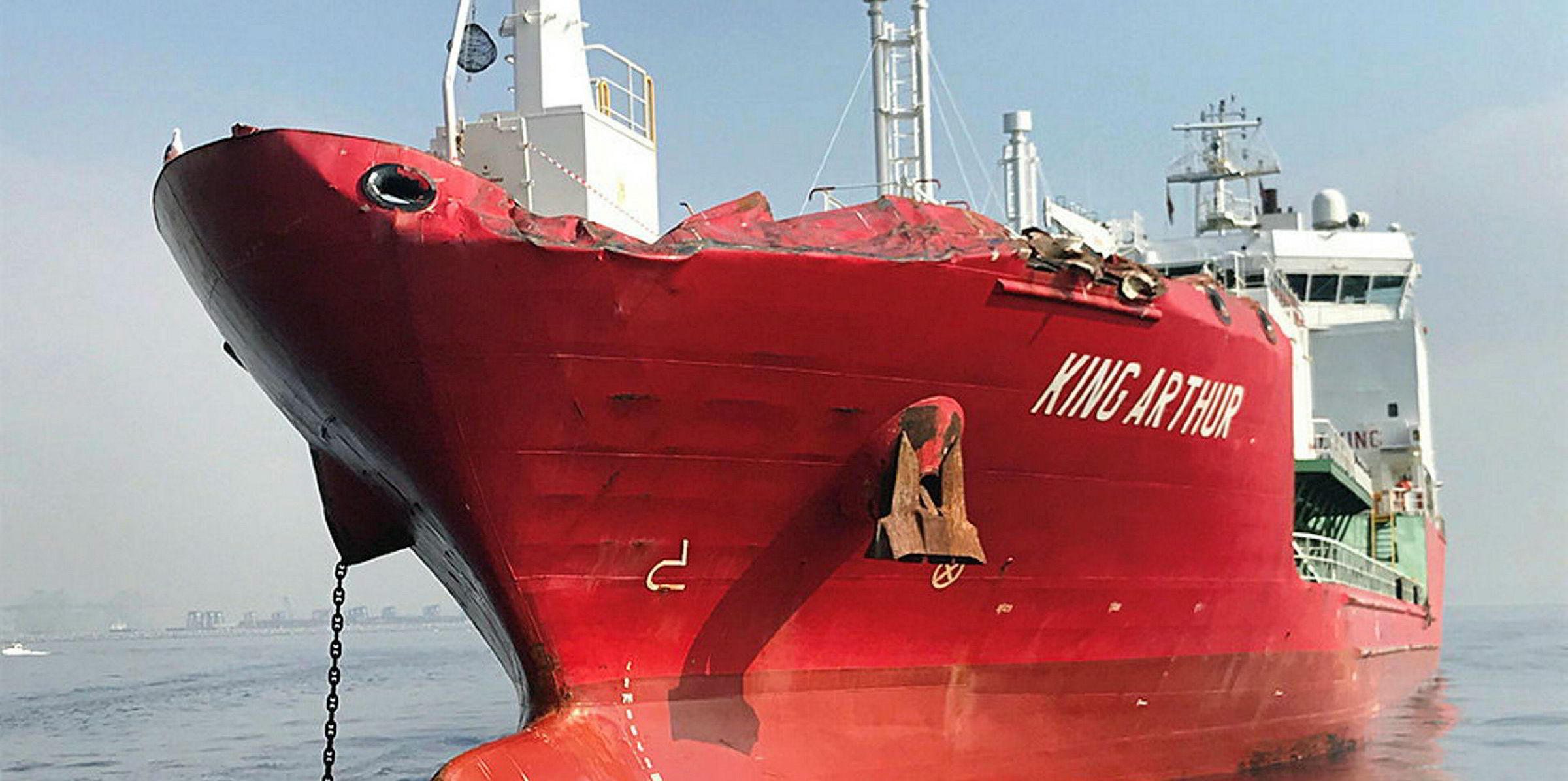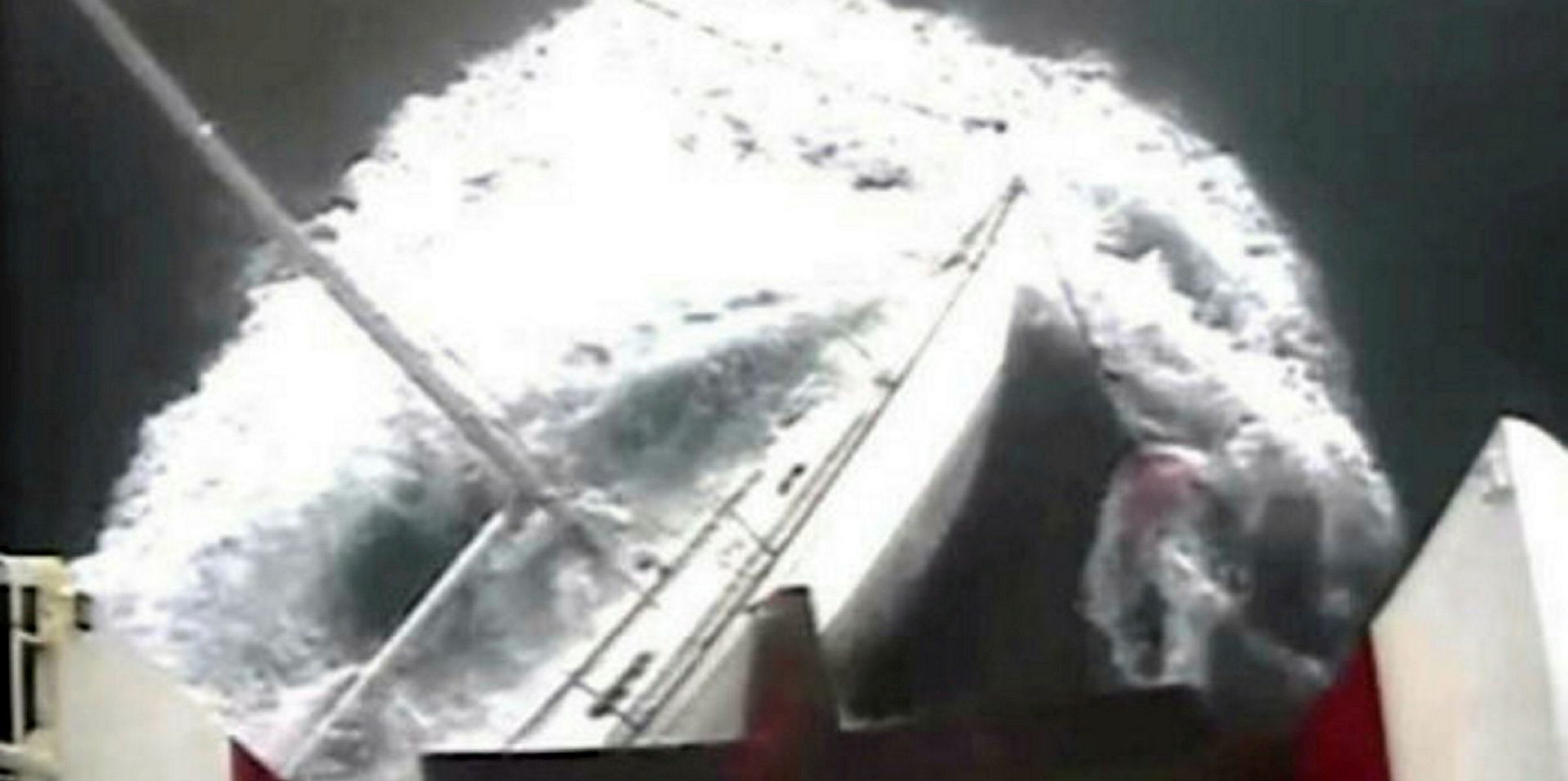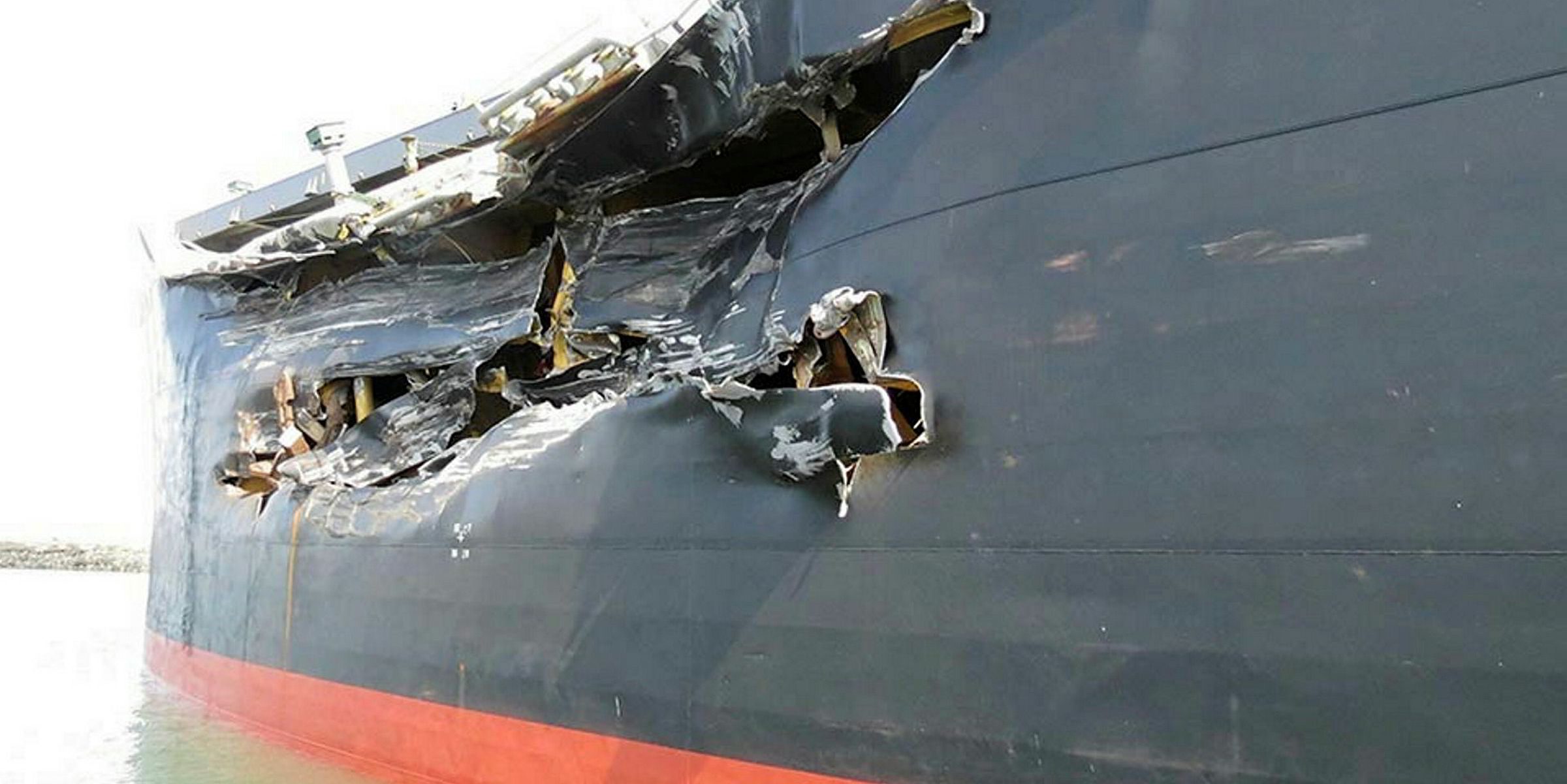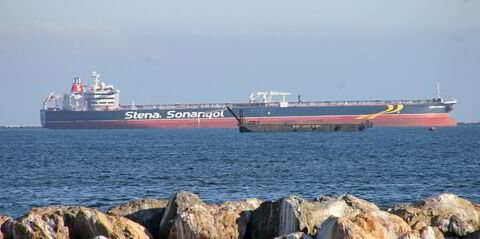An experienced LPG carrier master thought a stopped containership was underway before his gas ship collided with it off Gibraltar.
An investigation by the UK's Marine Accident Investigation Branch (MAIB) found the bridge team on the 4,500-cbm King Arthur (built 2011) was distracted by VHF radio conversations as it approached the 4,250-teu ANL Wyong (built 2008) on 4 August, 2018.
Both vessels were damaged but there was no pollution or injury.
The collision occurred in darkness, dense fog and in an area of heavy shipping traffic.
The report highlighted the inadequacies and dangers of using AIS data to navigate.
ANL-operated ANL Wyong was stopped, having been given direction by Algeciras Pilots to wait outside Gibraltar Bay.
Relying on AIS
King Arthur’s experienced Italian master altered course to starboard intending to pass astern of ANL Wyong, the probe found.
Although King Arthur’s master could not see the boxship, his assessment of the situation was primarily based on AIS data.
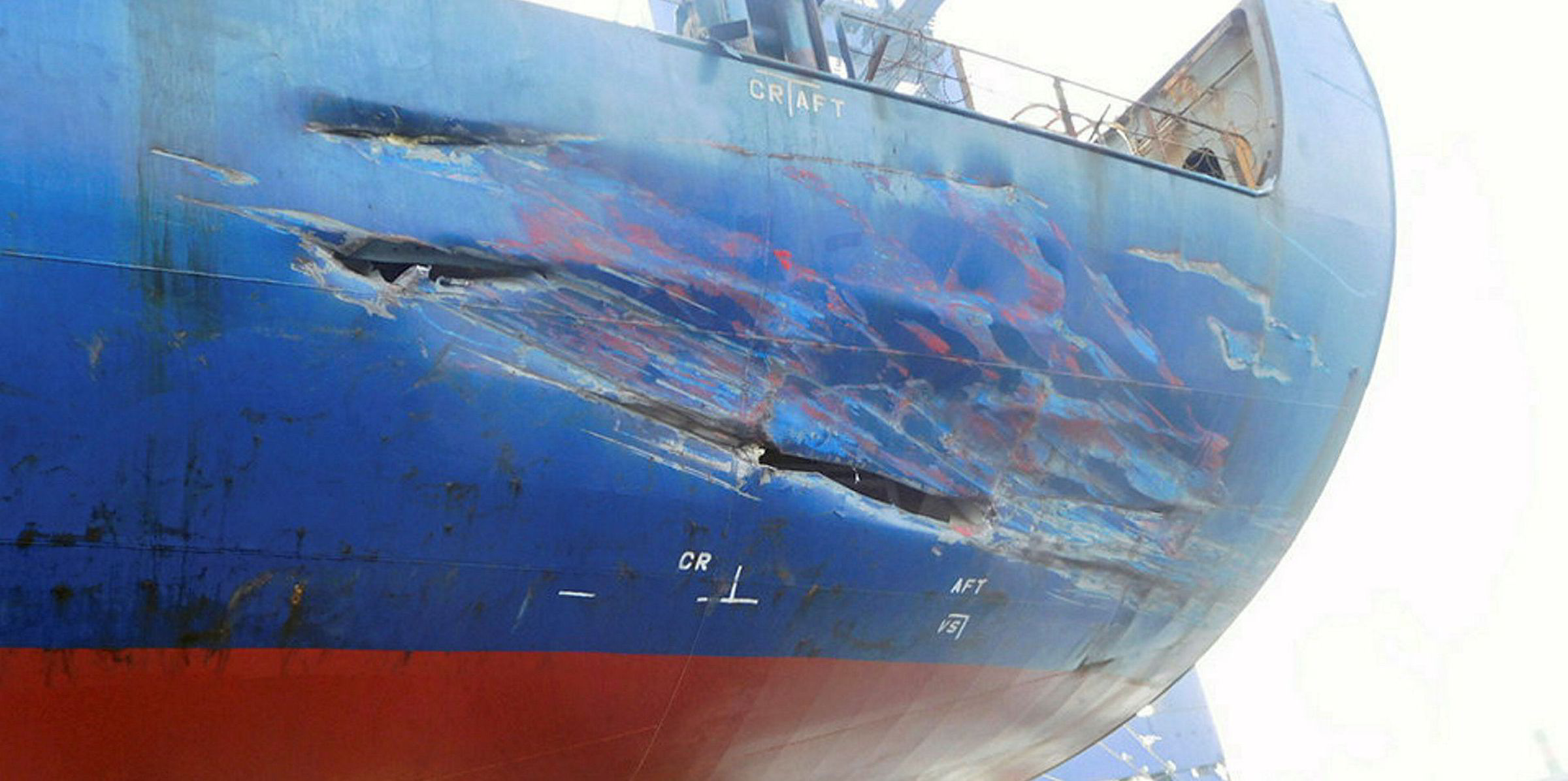
As a result, the decision to turn King Arthur to starboard actually had the effect of putting the vessels on a collision course.
When King Arthur’s master realised that a dangerous situation was developing, full starboard rudder was applied. However, this action came too late to prevent the crash.
ANL Wyong’s watch officer was monitoring the situation but took no action when it became apparent that a close-quarters situation was unfolding.
This was primarily because of his perception that other vessels would keep clear.
Deck lights emerge from the gloom
Moments prior to collision, both the master and chief officer of King Arthur saw the superstructure deck lights of ANL Wyong emerging from the foggy darkness ahead.
The lights were spotted very close on the port bow. King Arthur’s port bow struck ANL Wyong’s port quarter.
"The accident happened because neither bridge team appreciated the risk of collision in sufficient time to take effective action to pass at a safe distance," MAIB said.
The report said that VHF calls were "a significant distraction" on board Mediterranea Di Navigazione's King Arthur.
They "wasted time" and distracted King Arthur’s chief officer from his primary role of assisting the master with collision avoidance advice.
And neither vessel received a warning of the risk of collision from ashore.
AIS shortcomings
The report also said it was unhelpful that the AIS navigational status data field did not have a descriptor for a vessel "underway but not making way."
A recommendation has been made to the UK Maritime and Coastguard Agency to propose a review to the fields used in AIS.
"Use of AIS data for collision avoidance by both vessels risked misunderstandings and potentially inaccurate data on the relative movements of other vessels," MAIB said.
By taking the con himself in a very busy shipping area, the focus of King Arthur’s master narrowed, reducing his ability to sustain full awareness of the situation, it added.
MAIB also said that King Arthur's master’s extensive experience and the fact the chief officer was on his first contract in the role risked creating a "power distance" between them that would make it difficult for the chief officer to challenge the master’s decisions.
